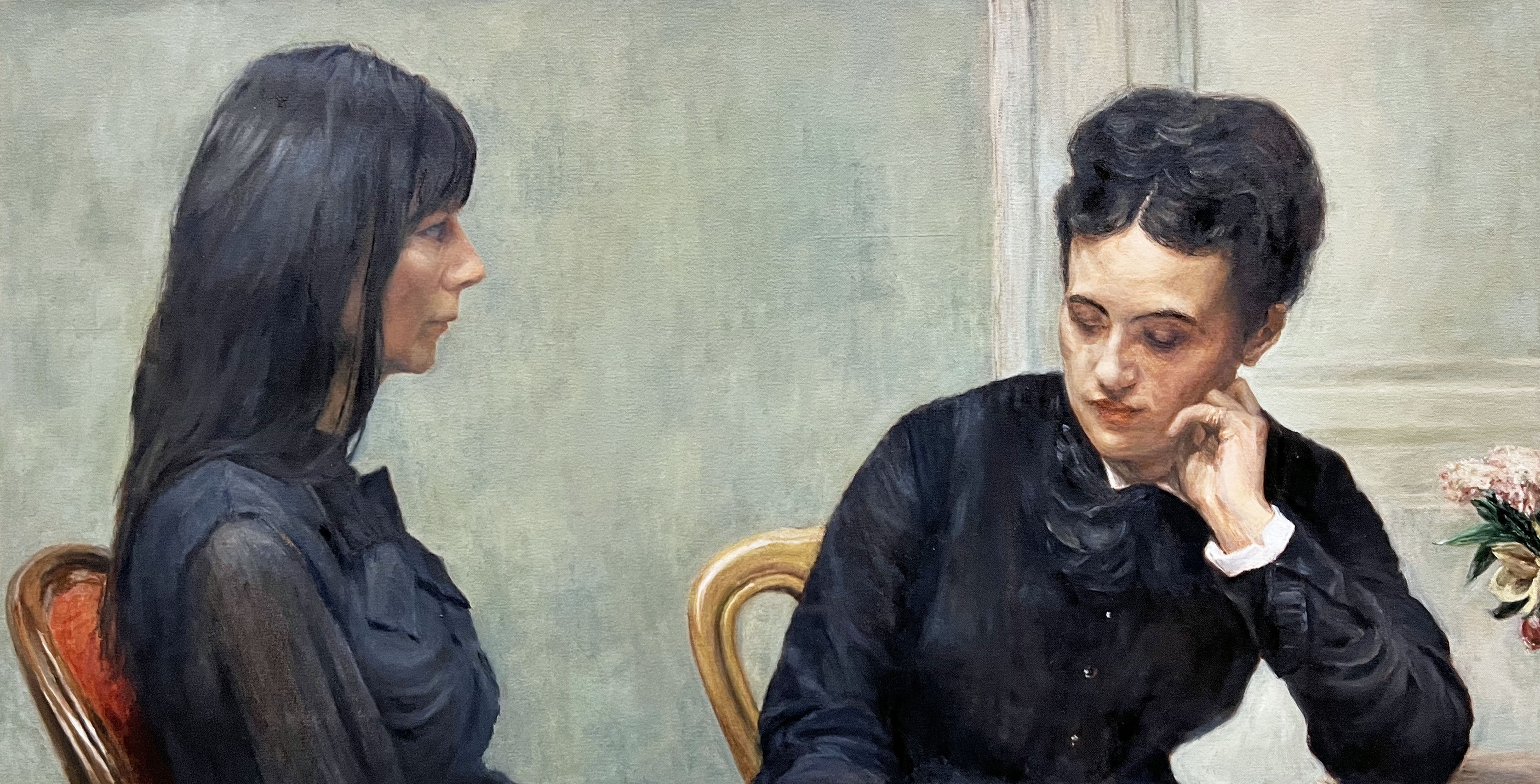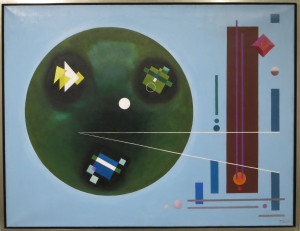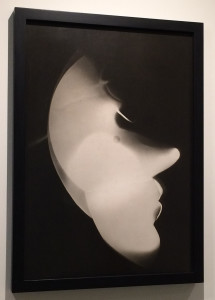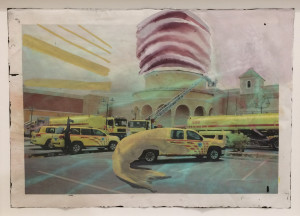Killed for objecting to mining and dam projects, Indigenous women activists Berta Caceres (top) and Maria Taant (right) are honored in Cecilia Vicuna’s ‘Liderezas (Indigenous Women Leaders)’ painting, now on view in Vicunas’ retrospective at the Guggenheim. Made in 2022 for this exhibition, the painting also pictures Nemonte Nenquimo at center, who has successfully led her community in resisting the destructive advances of oil companies in the Ecuadorian Amazon, Chilean activist Elisa Loncon and Peruvian activist Maxima Acuna. Together, the museum explains, their arrangement forms the Southern Cross constellation, metaphorically guiding humans to exist harmoniously with each other and nature. (On view through Sept 5th).




